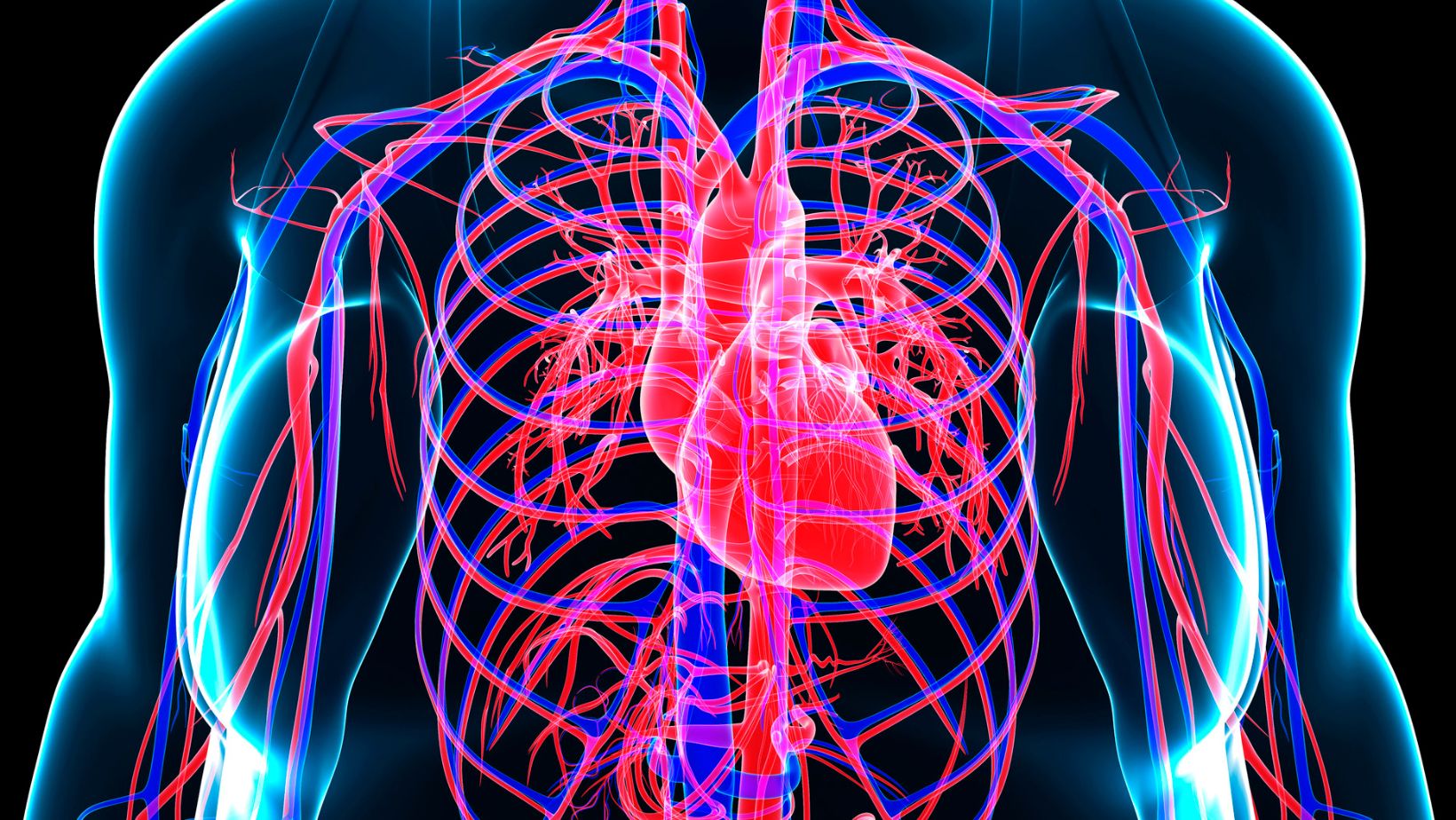Vascular health is a crucial component of overall well-being. The vascular system, which includes arteries, veins, and capillaries, is responsible for transporting blood throughout the body, supplying oxygen and nutrients to tissues, and removing waste products. Unfortunately, the effects of modern lifestyle choices, such as poor diet, lack of physical activity, and smoking, can take a severe toll on vascular health, contributing to the development of cardiovascular diseases and other related conditions.
Vascular Disease is one of the leading causes of mortality worldwide, emphasizing the importance of understanding how our choices can either harm or help this critical system. Let’s explore how lifestyle factors influence vascular health and what we can do to protect it.
The Role of Diet in Vascular Health
It is, therefore, evident that the foods we consume can significantly influence the status of our vascular health. Saturated fats, trans fats, and cholesterol can cause the accumulation of fatty material in the blood vessels, termed atherosclerosis. This plaque can interfere with blood circulation, thus increasing the probability of heart attacks and strokes. In the long run, the effects of unhealthy diets and eating habits lead to high blood pressure, obesity, and diabetes, all of which are predisposing factors towards vascular diseases.
In contrast, a diet consisting of fruits, vegetables, whole grains, lean proteins, and healthy unsaturated fats such as those found in fish, nuts, and olives helps to preserve vascular health. These are foods rich in nutrients that help support the blood vessels’ health and proper circulation. For instance, antioxidants in berries and green vegetables lower inflammation, while potassium in bananas and sweet potatoes decreases blood pressure. Omega-3 fatty acids in fatty fish like salmon help reduce blood clotting and prevent inflammation, which also prevents vascular damage.

Furthermore, low-sodium diets are needed to help control high blood pressure—excessive salt strains the blood vessels, gradually damaging them. Through informed food choices, the incidence of vascular disease and its attendant consequences can be significantly reduced.
Physical Activity and Its Effects on Blood Vessels
Physical exercise is one of the most valuable interventions for improving vascular health. It enhances blood circulation, strengthens the heart muscles, and decreases the chances of fatty deposits forming in the arteries, thus combating atherosclerosis. Cardiovascular activities, including walking, jogging, swimming, cycling, etc., positively impact the elasticity of blood vessels. Therefore, the vessel walls can quickly dilate and constrict to accommodate changes in blood flow.
Physical activity is another factor involved in regulating body weight. Obesity is considered an independent risk factor for vascular diseases because it affects the vascular wall and predisposes to hypertension and type 2 diabetes. Exercise helps relieve the load on the vascular system and avoid the chances of having those cardiovascular issues if one maintains a healthy weight.
Besides its effect on the arteries and veins, exercise decreases inflammation in other tissues in the body. Inflammation also influences vascular disease, leading to arteriosclerosis or narrowing and hardening of blood vessels. In addition to reducing inflammation, people who exercise frequently can improve vascular function.
The Dangers of Smoking and Alcohol Consumption
Smoking is perhaps one of the worst habits for blood vessel health. The chemicals in cigarettes affect the blood vessels through their endothelium, resulting in a condition called endothelial dysfunction. Smoking also damages the blood vessels and makes them vulnerable to plaque formation, thereby raising the risk of atherosclerosis and other vascular diseases.

Smoking also affects the supply of oxygen to the tissues by limiting the amount of oxygen supplied to the tissues and blood, and the heart has to work harder to pump blood throughout the body. It can eventually result in increased blood pressure and the growth of the arterial walls, posing a higher risk of heart attack or stroke. Reducing smoking is one of the best measures one can undertake to promote vascular health since the body starts to reverse the effects of smoking in a few days after the practice has ceased.
Stress and Its Effect on Vascular Health
Stress, particularly chronic stress, can also profoundly affect the blood vessels. During stress, the body produces hormones such as cortisol and adrenaline, which cause momentary elevation in heart rate and blood pressure. This response is reasonable when stress is intermittent and short-lived; however, sustained stress can maintain high BP levels and contribute to vascular injury.
Conclusion
How we live our lives determines our vascular health, including factors such as blood pressure, circulation, and the condition of arteries and veins. The choices that we make today, like a proper diet, exercise, no smoking, moderate alcohol intake, and stress management, can help safeguard our vascular system and prevent the development of dangerous diseases. It is imperative to comprehend the relationship between certain behaviors and vascular disease to promote health in the community. This is why one needs to take measures to enhance their vascular health and ensure a healthy future.
